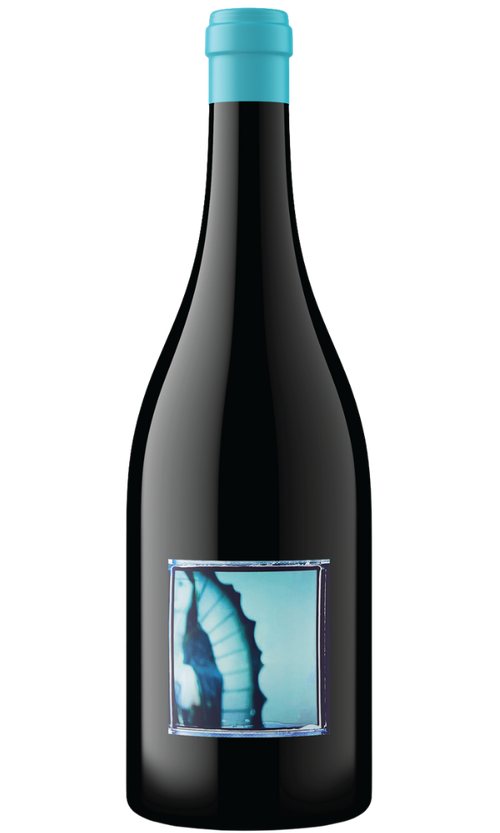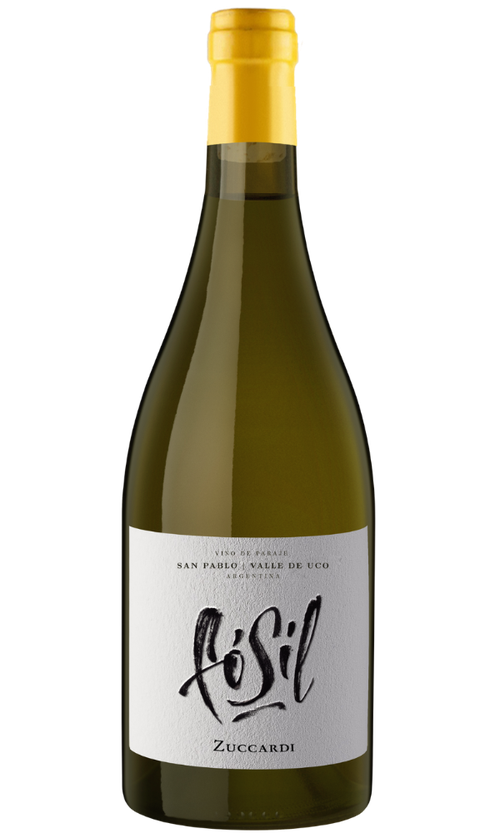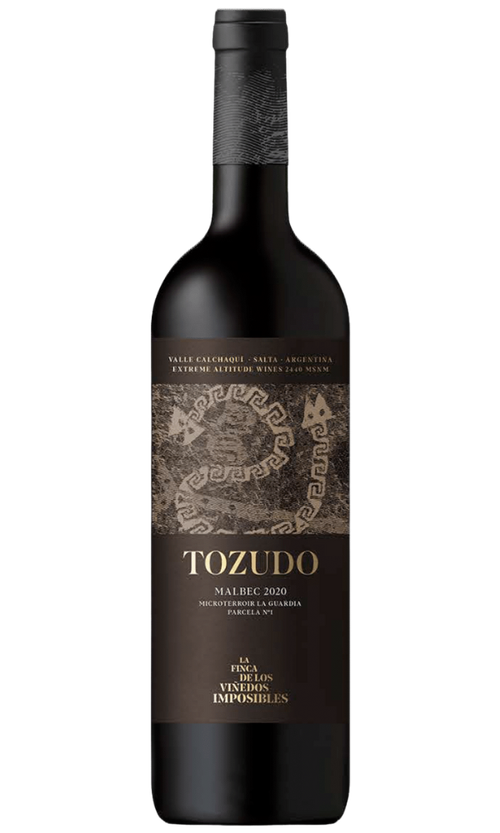
Made by the family behind Sassicaia, it’s the reference point for South American Pinot

- 97 pts James Suckling97 pts JS
- Curated by unrivaled experts
- Choose your delivery date
- Temperature controlled shipping options
- Get credited back if a wine fails to impress
2023 Bodega Chacra Cincuenta y Cinco Pinot Noir Patagonia 750 ml
- Curated by unrivaled experts
- Choose your delivery date
- Temperature controlled shipping options
- Get credited back if a wine fails to impress
Visionary Pinot from a Legendary Family
A frequent visitor to Burgundy, Piero Incisa della Rocchetta—grandson of the founder of Sassicaia—admired the wines of Jean-Marie Fourrier and Domaine de la Romanée-Conti. His heart’s desire was to grow Pinot Noir that could compete with these legendary domaines.
In 2001, while blind-tasting with the winemakers of Sassicaia, Piero was floored by the beauty of a wine that he thought was a Grand Cru red Burgundy. The wine was silky, elegant, and high-pitched, with sappy strawberry and blackberry fruit. When it was revealed that it was from Patagonia, Argentina, Piero nearly fell out of his chair. The only wines Piero knew from Argentina were Malbecs from Mendoza—wines that couldn’t be more different from Pinot Noir. He made it his mission to visit this estate in Patagonia, and more importantly, to find the winemaker.
When Piero made it to the Rio Negro Valley in Patagonia, he couldn’t believe what he saw—a desert vineyard lined with poplar trees, set in a cool, dry climate with a constant breeze blowing softly from the Andes Mountains. Sunlight so gently warm and golden he imagined he was back on the Tuscan coast. Plump, old vines of Pinot Noir originally planted in 1932 by Italian farmers looking for a better life.
The Bodega Chacra Pinot Noir Cincuenta y Cinco is sourced exclusively from a vineyard planted in 1955 (hence the name). Equidistant from the Atlantic Ocean and the Andes Mountains, the vineyard’s sandy, desert soils are irrigated through channels excavated in the 1800s by British colonists who directed the snowmelt from the Andes. The wind blowing from the mountains gives the Pinot Noir thick skins that contribute to the intensity of the wine.
You might also like these wines
- Member Favorite
- You're on page












